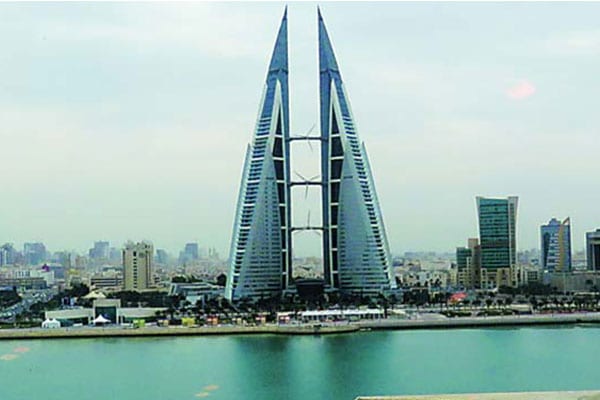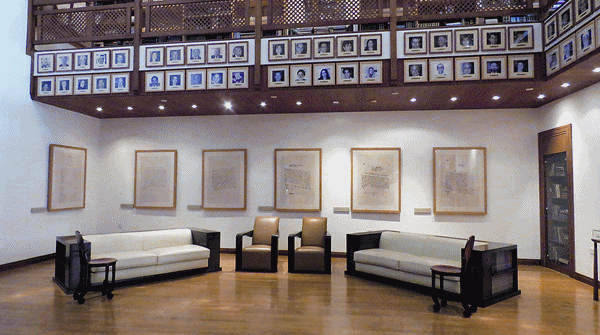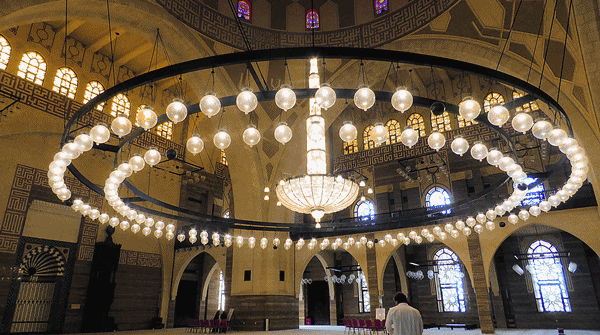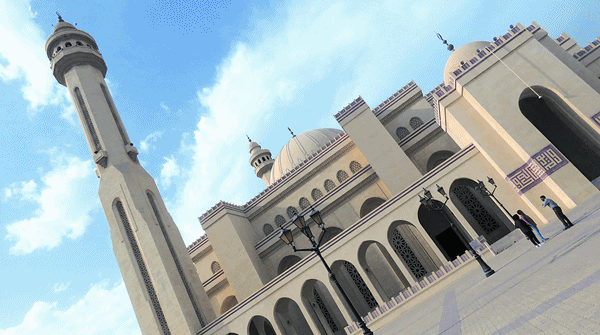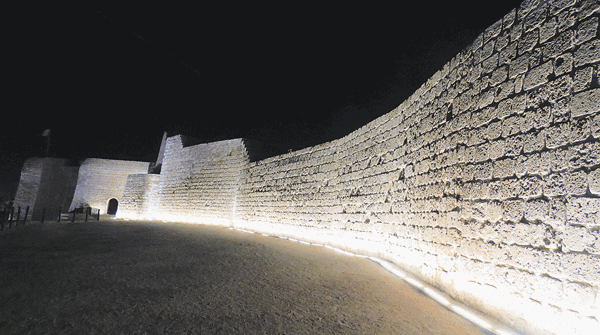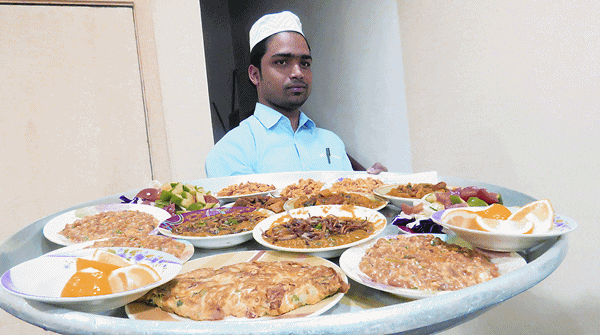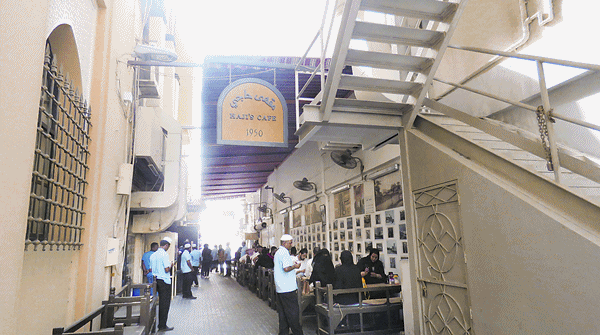Bahrain: The heart of Dilmun
It’s not just for its pearling legacy that Bahrain has been called Pearl of the Gulf. It is also because the island country was, and continues to be an important trading hub due to its strategic location. But what attracts and stays with first time visitors to this land of Dilmun (Bahrain’s ancient name) is its people – warm, hospitable and welcoming, a quality lovingly captured in the Bahrain tourism authority’s new tagline – Ours Yours
The newest Wyndham in Manama – the Wyndham Grand Manama – with its uniquely shaped cylindrical tower epitomises all that Bahrain stands for: an amalgam of modern and traditional, business and leisure, warmth and welcoming. Its floor to ceiling windows offer breathtaking views of Bahrain Bay, a constant reminder of the country’s tryst with the sea since the ancient ages.
In the Bronze Age, while India cradled the Indus Valley Civilisation, Bahrain was home to the Dilmun Civilisation. Due to its strategic location along the sea trade routes linking Mesopotamia with the Indus Valley Civilisation, Dilmun was able to develop into one of the greatest entrepots of trade in the ancient world. Circular seals from Dilmun have been found in both Indus Valley and Mesopotamia, evidence that trade occurred between these three civilisations. Legend tells us that nearly 5,000 years ago, Gilgamesh, the main character in the epic of Gilgamesh, landed in Dilmun in search of eternal life and he found the white flower of eternity, the pearl.
The Pearling Trail
For more than 2000 years, Bahrain’s pearling industry has unearthed some of the best natural pearls in the world. In the past, pearl divers spent months away from home at sea. They were lowered on weighted ropes and remained underwater for over a minute with nothing but a nose peg to control their breathing. Even today, Bahraini natural pearls are considered the finest in the world sourced from over 400 sq miles of oyster beds that flourish in the warm, shallow waters of the island kingdom. World renowned jewellery designer Jacques Cartier, visited Bahrain in 1911 and from then on, the house of Cartier has had enduring business ties with Bahrain, ensuring a steady flow of quality pearls to its workshops in Paris. Bahrain continues to keep this heritage alive and visitors can indulge in pearl diving excursions, snorkelling for oysters and fishing activities. And if you find a pearl whilst diving, it’s yours to keep – reiterating the fact that putting their guests first has become second nature for Bahrainis.

Bahrain’s pearling legacy has also been beautifully preserved in the Pearling Trail in Muhurraq, the country’s ancient capital. The trail covers beautifully restored houses like the Muharraq Coffee House, Kurar House (the art of embroidery with golden thread), Zayed House for Bahrain’s press heritage and the Sheikh Ebrahim Cultural Centre. The Pearling Trail became the second Bahraini inclusion after Bahrain Fort on the UNESCO World Heritage list in 2012.
Of mosques and forts
A 16th-century Portuguese structure, the Bahrain Fort or Qal’at Al Bahrain is surrounded by excavated ruins of a Dilmun settlement. About 25 per cent of the site has been excavated, revealing structures of different types: residential, public, commercial, religious and military. The Light & Sound Show at the fort is a must-see activity, transcending visitors to the legends of the Dilmun Civilisation.
Another must see is Bahrain’s largest place of worship and among one of the largest mosques in the world – the Al-Fateh Mosque. It was built under the patronage of the late Sheikh Isa bin Salman Al Khalifa in 1987 and was named after Ahmed Al Fateh, who was the founder of Bahrain in the 18th century. The mosque accommodates up to 7000 worshippers and has the largest fiberglass dome in the world. The walls of the mosque are beautifully ornamented with Kufic calligraphy. A three-and-a-half-tonne Swarovski crystal chandelier from Austria hangs in the main hall; the 952 hand-blown glass lamps inside the mosque that look like pearls for obvious reasons, are from France. The marble flooring is from Italy while the doors are made of teak wood from India. From 9 am to 4 pm, tours are conducted in a variety of languages including English, French, Filipino, Russian and many other languages.
Manama: A cultural and financial hub
Bahrain’s vibrant capital city Manama (meaning a place of rest in Arabic) is a cultural and financial hub. It is home to one of the first museums in the Gulf, the Bahrain National Museum. Designed by a Danish firm, it opened in 1988. As you enter the courtyard, contemporary sculptures against the white facade makes for a striking contrast. The museum houses many historical artefacts, from ancient burial mounds of Dilmun to a 1932 Buick that belonged to the late ruler Isa bin Salman Al Khalifa. Adjacent to the National Museum can be seen the Art Centre and Cultural Hall, both of which host temporary exhibitions and concerts throughout the year. A new addition to this cultural compound is the recently inaugurated Arab Regional Centre for World Heritage.

In the heart of the financial district in Manama, you cannot miss the iconic Bahrain World Trade Center (also called Bahrain WTC or BWTC). The WTC’s 787 ft high twin towers, built in 2008 by architectural firm Atkins, is the first skyscraper in the world to integrate wind turbines into its design.
Another attraction is the 25 km-long King Fahd Causeway links the Kingdom of Bahrain with the Eastern region of the Kingdom of Saudi Arabia. Crossing the Gulf of Bahrain, the causeway which starts in Saudi Arabia and extends up to Al-Jasra, west of Manama in Bahrain, has increased tourist footfall from Saudi Arabia.
Ours Yours

According to Yousef Mohammed AlKhan, director, tourism marketing & promotion, Bahrain Tourism & Exhibitions Authority (BTEA), “For Bahrain’s new tourism branding, we asked a London agency to work on something that would showcase Bahrain as a warm country, welcoming people from all over the world. That’s how the tagline ‘Bahrain – Ours. Yours’ came about. The ‘B’ in Bahrain is written in a heart shape, representing the heart of the Gulf. And we have used cursive handwriting to give the logo a personal touch. We want to tell people that whatever is Ours, is Yours. So our country is your country. We wanted to show people that Bahrain is a very open and very welcoming nation.”
CHECK OUT
Al Jasra

Visit the Bait Al-Jasra (Al Jasra House), a traditional-style house built in 1907 by Shaikh Hamad bin Abdullah Al-Khalifa and famous for being the birthplace of Isa bin Salman Al Khalifa, the Emir of Bahrain until 1999.
A local handicraft centre was launched here in 1990 to preserve the arts and crafts of Al Jasra village such as woodworks, basket weaving, pottery, musical instruments, cloth weaving, etc.
Bahrain International Circuit (BIC)

Located in the heart of the Sakhir desert, the Bahrain International Circuit (BIC) was initiated by the Crown Prince, Shaikh Salman bin Hamad Al Khalifa for the 2004 Grand Prix, the first ever Formula One race held in the Middle East which world champion Michael Schumacher won. The circuit was designed by German architect Hermann Tilke, the same architect who designed the Sepang circuit in Malaysia. The Grand Prix Track has held nine of the 10 Bahrain Grand Prix.
For an exciting off-road thrill, the Land Rover Experience at BIC is the first of its kind in the Middle East,. The unique setting offers 3.5 kilometers of varying terrains such as sand, rock, hill and water landscapes. An amazing team building exercise.
Block 338 in Adliya

Located in the heart of Adliya, Block 338 is a charming pedestrian area where restaurants jostle with art galleries like Al Riwaq Art Gallery and small boutique shops.
Marassi Al Bahrain

Marassi Al Bahrain, the Kingdom’s unique waterfront project situated in Diyar Al Muharraq has a clean two-kilometre beach, and lot of dining options.
Manama Souq

From the traditional mosaic glass lamps, spices and halwa to gold and trinkets, the souq is where tourists can pick a bit of Bahrain to take home.
Haji’s Cafe
As far as gastronomic experiences are concerned, breakfast at Haji’s Cafe is a must. Haji’s Cafe has served Bahrainis since 1950. Even today like in earlier times, the cafe opens at 5 am to cater to Bahrain’s huge migrant worker community from various neighbouring countries including India.

